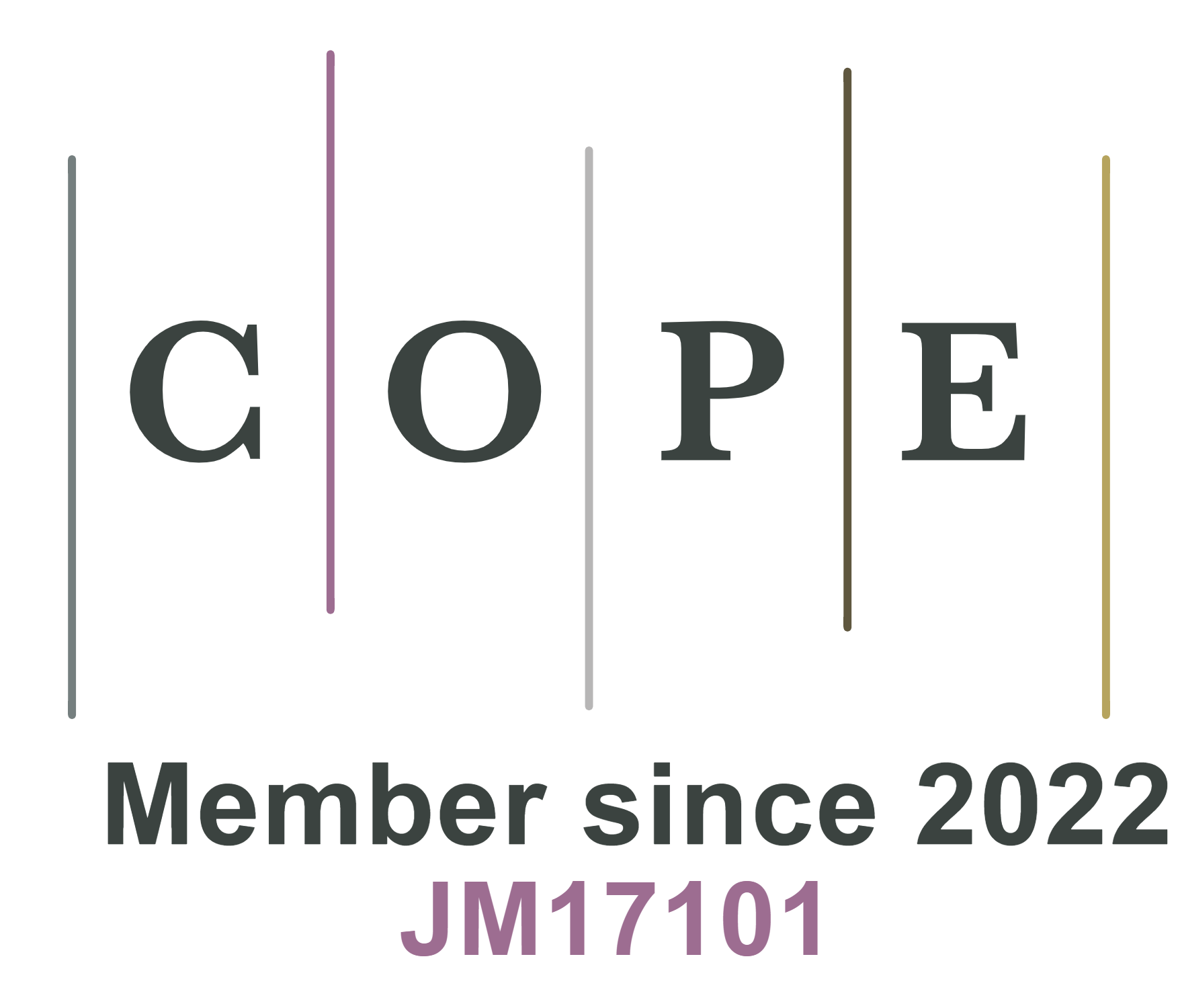REFERENCES
1. Xu C, Li B, Du H, Kang F. Energetic zinc ion chemistry: the rechargeable zinc ion battery. Angew Chem Int Ed 2012;51:933-5.
2. Hwang B, Cheong JY, Matteini P, Yun TG. Highly efficient phthalocyanine based aqueous Zn-ion flexible-batteries. Mater Lett 2022;306:130954.
3. Yang W, Yang Y, Yang H, Zhou H. Regulating water activity for rechargeable zinc-ion batteries: progress and perspective. ACS Energy Lett 2022;7:2515-30.
4. Zhang Y, Huang R, Wang X, et al. Facile large-scale preparation of vanadium pentoxide-polypyrrole composite for aqueous zinc-ion batteries. J Alloys Compd 2022;907:164434.
5. Chen R, Luo R, Huang Y, Wu F, Li L. Advanced high energy density secondary batteries with multi-electron reaction materials. Adv Sci 2016;3:1600051.
6. Tang H, Peng Z, Wu L, et al. Vanadium-based cathode materials for rechargeable multivalent batteries: challenges and opportunities. Electrochem Energy Rev 2018;1:169-99.
7. Wan F, Niu Z. Design strategies for vanadium-based aqueous zinc-ion batteries. Angew Chem Int Ed 2019;58:16358-67.
8. Liu N, Li B, He Z, Dai L, Wang H, Wang L. Recent advances and perspectives on vanadium- and manganese-based cathode materials for aqueous zinc ion batteries. J Energy Chem 2021;59:134-59.
9. Yuan Z, Chen X, Liu X, Feng C. Synthesis of Zn3V2O7(OH)2·2H2O microspheres as novel anode material for lithium-ion battery application. Ionics 2020;26:1703-10.
10. Bulbul B, Beyaz S, Akyol M, Ekicibil A. Simple manufacturing and metal type-dependent properties of M3(OH)2V2O7·nH2O (M; Co, Ni, Cu, Zn) nanostructures. Nanochem Res 2022:2;154-67.
11. Du Y, Liu X, Wang X. et al. Freestanding strontium vanadate/carbon nanotube films for long-life aqueous zinc-ion batteries. Rare Metals 2021;41:415-24.
12. Li L, Jia T, Pei X, et al. A study on the properties of hexagonal Zn3(OH)2V2O7·2H2O as cathode material for zinc-ion battery. Ionics 2022;28:283-93.
13. Xia C, Guo J, Lei Y, Liang H, Zhao C, Alshareef HN. Rechargeable aqueous zinc-ion battery based on porous framework zinc pyrovanadate intercalation cathode. Adv Mater 2018;30:1705580.
14. Wang F, Wang Q, Dong S, Wang S. An aqueous zinc pyrovanadate nanowire cathode doped by nitrogen-doped carbon from PANI calcination for capacity and stability enhancement. Ionics 2022;28:295-305.
15. Zhao S, Guo J, Jiang F, Su Q, Du G. Porous CoFe2O4 nanowire arrays on carbon cloth as binder-free anodes for flexible lithium-ion batteries. Mater Res Bull 2016;79:22-8.
16. Storan D, Ahad SA, Forde R, et al. Silicon nanowire growth on carbon cloth for flexible Li-ion battery anodes. Mater Today Energy 2022;27:101030.
17. Corpuz RD, Juan-Corpuz LM, Nguyen MT, et al. Binder-free α-MnO2 nanowires on carbon cloth as cathode material for zinc-ion batteries. Int J Mol Sci 2020;21:3113.
18. De Juan-corpuz LM, Corpuz RD, Somwangthanaroj A, et al. Binder-free centimeter-long V2O5 nanofibers on carbon cloth as cathode material for zinc-ion batteries. Energies 2020;13:31.
19. Jia X, Liu C, Neale ZG, Yang J, Cao G. Active materials for aqueous zinc ion batteries: synthesis, crystal structure, morphology, and electrochemistry. Chem Rev 2020;120:7795-866.
20. Biesinger MC, Lau LW, Gerson AR, Smart RS. Resolving surface chemical states in XPS analysis of first row transition metals, oxides and hydroxides: Sc, Ti, V, Cu and Zn. Appl Surf Sci 2010;257:887-98.
21. Xia C, Guo J, Li P, Zhang X, Alshareef HN. Highly stable aqueous zinc-ion storage using a layered calcium vanadium oxide bronze cathode. Angew Chem Int Ed 2018;57:3943-8.
22. Chen X, Wang L, Li H, Cheng F, Chen J. Porous V2O5 nanofibers as cathode materials for rechargeable aqueous zinc-ion batteries. J Energy Chem 2019;38:20-5.
23. Alfaruqi MH, Mathew V, Song J, et al. Electrochemical zinc intercalation in lithium vanadium oxide: a high-capacity zinc-ion battery cathode. Chem Mater 2017;29:1684-94.
24. Kim HJ, Jo JH, Choi JU, Voronina N, Myung S. KV3O8 with a large interlayer as a viable cathode material for zinc-ion batteries. J Power Sources 2020;478:229072.
25. Sambandam B, Soundharrajan V, Kim S, et al. Aqueous rechargeable Zn-ion batteries: an imperishable and high-energy Zn2V2O7 nanowire cathode through intercalation regulation. J Mater Chem A 2018;6:3850-6.
26. Sambandam B, Soundharrajan V, Kim S, et al. K2V6O16·2.7H2O nanorod cathode: an advanced intercalation system for high energy aqueous rechargeable Zn-ion batteries. J Mater Chem A 2018;6:15530-9.
27. He P, Yan M, Zhang G, et al. Layered VS2 nanosheet-based aqueous Zn ion battery cathode. Adv Energy Mater 2017;7:1601920.
28. Li G, Yang Z, Jiang Y, et al. Towards polyvalent ion batteries: a zinc-ion battery based on NASICON structured Na3V2(PO4)3. Nano Energy 2016;25:211-7.
29. Qin H, Yang Z, Chen L, et al. A high-rate aqueous rechargeable zinc ion battery based on the VS4@rGO nanocomposite. J Mater Chem A 2018:6;23757-65.
30. Tang B, Fang G, Zhou J, et al. Potassium vanadates with stable structure and fast ion diffusion channel as cathode for rechargeable aqueous zinc-ion batteries. Nano Energy 2018;51:579-87.
31. Guo X, Fang G, Zhang W, et al. Mechanistic insights of Zn2+ storage in sodium vanadates. Adv Energy Mater 2018;8:1801819.
32. He P, Quan Y, Xu X, et al. High-performance aqueous zinc-ion battery based on layered H2V3O8 nanowire cathode. Small 2017;13:1702551.
33. Zhang N, Jia M, Dong Y, et al. Hydrated layered vanadium oxide as a highly reversible cathode for rechargeable aqueous zinc batteries. Adv Funct Mater 2019;29:1807331.
34. Tatara R, Karayaylali P, Yu Y, et al. The effect of electrode-electrolyte interface on the electrochemical impedance spectra for positive electrode in Li-ion battery. J Electrochem Soc 2019;166:A5090-8.
35. Dong L, Yang W, Yang W, et al. High-power and ultralong-life aqueous zinc-ion hybrid capacitors based on pseudocapacitive charge storage. Nanomicro Lett 2019;11:94.
36. Liu Z, Bertram P, Endres F. Bio-degradable zinc-ion battery based on a prussian blue analogue cathode and a bio-ionic liquid-based electrolyte. J Solid State Electrochem 2017;21:2021-7.









